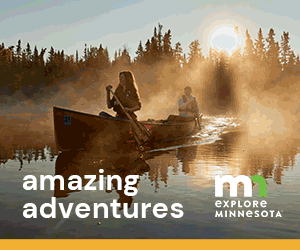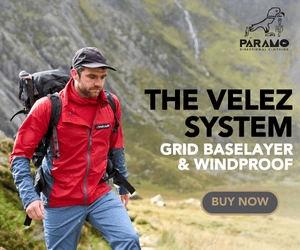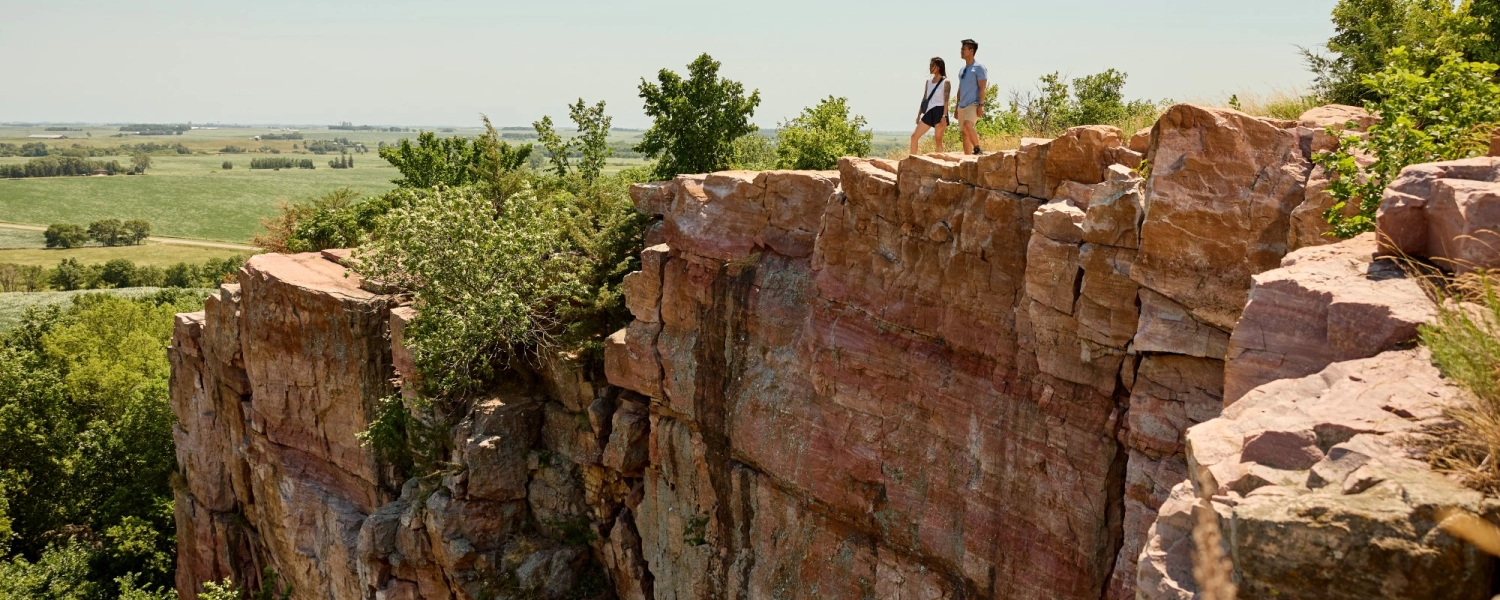- Details
- Written by: Mike Walker
I decided to go on a cycling holiday to Kerala as soon as I saw the ad in the paper. The fact that I had not cycled since childhood, could barely cycle in a straight line, and that I had never heard of Kerala, did not put me off. I had just turned fifty, my kids had grown up and I had packed in my stressful job. I was free, and exploring the south of India on a bike seemed like an excellent idea.
My husband, John, who is a keen cyclist, was very excited at this turn of events. He has tried to encourage me to join him for ages but this had progressed only as far as buying a bike. He chose the mountain bike to my specifications: it had to have a comfy seat, and it had to be an upright style because I like looking around.
We booked the holiday a year in advance, so there seemed lots of time for training. But eight months passed, and I realised I hadn’t done any. What put me off is that there is no way of even leaving our house without going uphill. We live in Yorkshire, in the Pennines, where it also rains a lot – another good reason to avoid training.
Enough excuses, now there was no time to waste. I had to get on the bike. The tickets were paid for, and I had told everybody that we were going. John was appointed as my personal trainer. We started with the Trans-Pennine trail, a cycleway set in fantastic scenery, which I enjoyed because it was flat. Gradually John introduced me to hills, then traffic, and I got used to the weather.
I was doing well and felt terrific, until I read the itinerary sent by our tour operator, CTC (Cyclists’ Touring Club). I discovered that Kerala, which lies along the south-western coast of India and stretches right down to its bottom tip. Most of the time we would be on the Western Ghats, the second highest mountain chain in India after the Himalayas. I found out that we would be cycling about 80km per day, some of which will be exclusively uphill. The reality hit hard.
Continued...
 Our trip did not start well. We became separated from the rest of our group and missed the connecting flight from Doha to Trivandrum, which led to an interesting but unwelcome detour around the Indian continent. The morning after we arrived we felt completely jet-lagged, overwhelmed, and undergoing severe culture shock. At breakfast, I could hardly speak, though I did manage to notice that I was one of the younger members of the group of 16 cyclists. I found this vaguely reassuring. A couple of people were even in their seventies. Little did I know then how fit and experienced they were.
Our trip did not start well. We became separated from the rest of our group and missed the connecting flight from Doha to Trivandrum, which led to an interesting but unwelcome detour around the Indian continent. The morning after we arrived we felt completely jet-lagged, overwhelmed, and undergoing severe culture shock. At breakfast, I could hardly speak, though I did manage to notice that I was one of the younger members of the group of 16 cyclists. I found this vaguely reassuring. A couple of people were even in their seventies. Little did I know then how fit and experienced they were.
We started cycling from our hotel in the coastal city of Trivandrum towards the Neyar Dam situated in the hills. Cycling on Indian roads was a strange experience, noisy, with constantly hooting cars and lorries, mingled with pedestrians, bikes and cows in a chaotic but accident-free way. We provided a massive tourist attraction for the locals because there were very few Western tourists in the area, and none that we met were on bikes. This is hardly surprising because it is impossible to buy detailed road maps in India, and there are no road signs, so the only way to find your way is through local knowledge.
Fortunately, apart from the very experienced CTC guides, John and Pat, we had a whole support team, who were waiting at every corner to point out which way to go, providing lunches and water, and pick us up if we were flagging.
After we left the city, I began to enjoy myself. We entered various villages, and were welcomed every time with clapping and waving, and children jumping up and down in excitement. We felt like Olympic medallists with all this attention.
There were people everywhere; men usually building roads, playing games, selling at colourful makeshift stores, cycling or on motor bikes. Women tended to be busy with work, cooking, washing clothes in rivers or walking with large loads on their heads or walking neatly uniformed children to school. Everybody was friendly, chatty or at least curious. All the children asked for pens or coins. I was initially concerned about the locals’ reaction to the fact that women in our group were showing their legs and shoulders, as it was impossible to cycle covered-up in the heat of around 35 degrees Centigrade. However, this did not seem to be a problem and I encountered no negative reaction, just a few giggles from some Indian women.
The following day we caught the overnight train to Madurai, which is across the border in Tamil Nadu. The hard seating did not lend itself to comfy sleeping, but the rocking motion of the train was better than a sleeping pill. Madurai was one of these places where the Indian Experience was concentrated – more people, greater numbers of wandering cows, stronger colours, increased levels of activity, chaos and noise, lots of evidence of local heritage, and more visible poverty.
The cycle journey from Madurai opened my eyes to the true demands of this holiday. The 80km uphill route in the unbearable heat was beyond my capabilities, so I gave up half way, and got into the van. That was the hardest day. Afterwards, everything else seemed relatively easy in comparison, and I managed surprisingly well. Moreover the mountain stations in the hills were much cooler, making the whole experience so much more enjoyable.
"The 80km uphill route in the unbearable heat was beyond my capabilities"We cycled past beautiful tea plantations – lush green tea bushes forming uniform patterns on the hilly landscape and tea pickers scattered amongst them. Along the way, we visited places of interest: a spice plantation and sugar cane plant, wildlife sanctuary with elephants, and temples. We also watched various performances, including bizarre and fascinating Kathakali dance, where men heavily made up and dressed in very big, colourful skirts, use mimicry and gestures to tell the story. The act we watched was about a woman flirting with one of the gods and it finished with him getting angry with her and...cutting off her breasts!
After a week of intensive cycling and exploring, we came to the other side of the hill and relaxed for couple of days on a picturesque houseboat. This converted rice boat moved slowly along the backwaters, enabling us to relax and to observe a style of life that has not changed for centuries. There were women working in the rice fields, fishermen fishing with bows and arrows, toddy men collecting juices from coconut palm for making alcoholic toddy, and men diving for sand to be used for cement.
Looking back, I feel proud that I managed to cycle better than I, or anybody else had expected. After getting over the culture shock, Kerala left a lasting, colourful impression, and I hope to go back for my 60th birthday.
Mira went with Cycle Touring Club Cycling Holidays (www.cyclingholidays.org)
For more information on kerala, see the Kerala Tourism website, www.keralatourism.org





